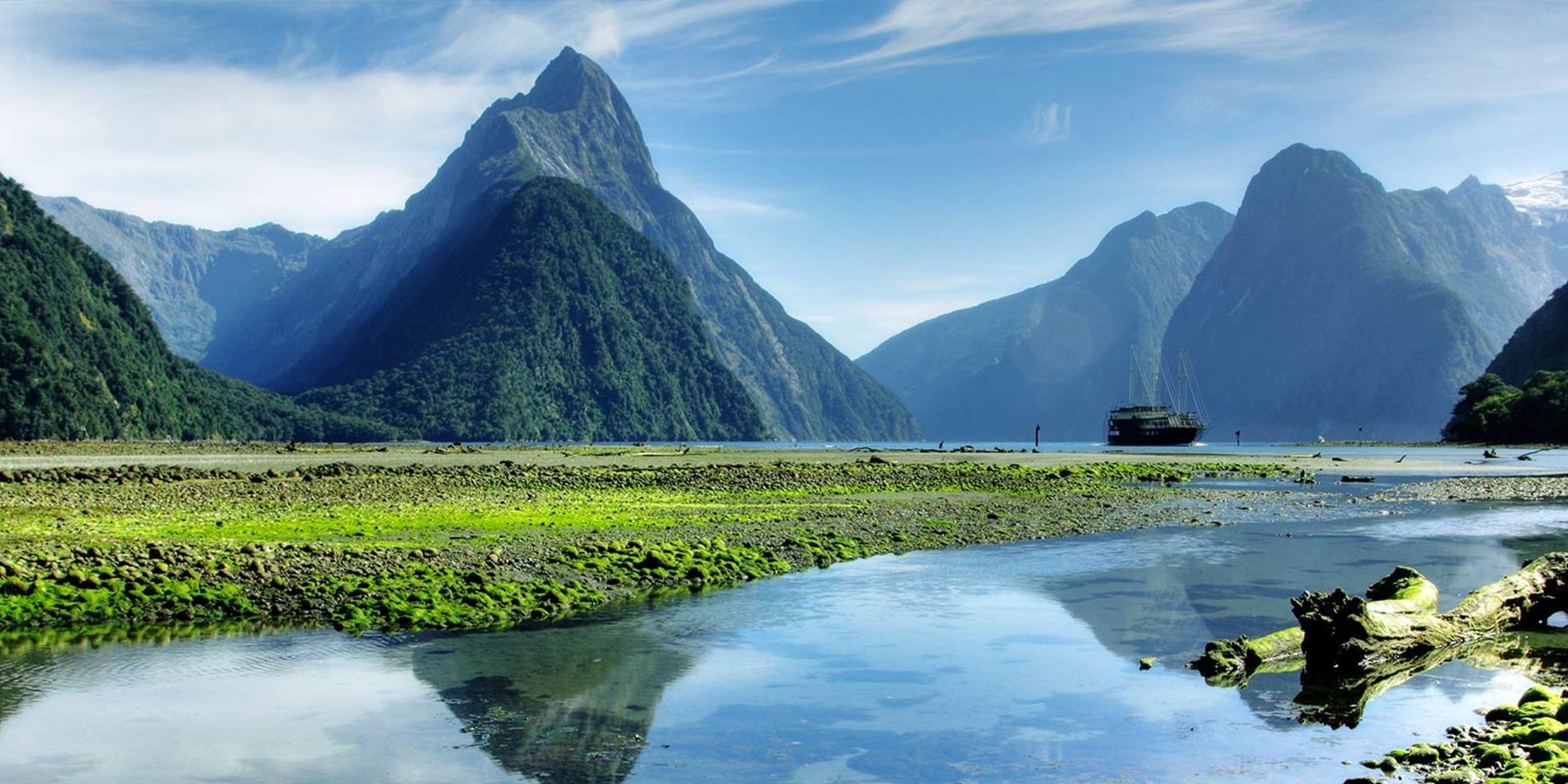
Rotorua Valley of the Legend
Maori culture and tradition is at its richest amid the geothermal wonders of Rotorua, as Gary Walsh discovers.
They came on their voyaging canoes across the south Pacific, in great waves of migration from eastern Polynesia. The Maori people named the beautiful and bounteous land they arrived in Aotearoa – Land of the Long White Cloud. From that first arrival in the mid-1300s, the Maori spread across New Zealand’s North Island, and then to South Island. Historically, the Maori population was always much bigger in North Island, and to this day much of its cultural strength is focused on the region around Rotorua.
There’s no doubting when you’ve arrived in Rotorua. The pungent smell of sulphur created by its signature geothermal activity permeates the city, but most visitors find they become used to the distinctive ‘rotten egg’ odour fairly quickly. And there is much to like about Rotorua, where Maori culture flourishes and is celebrated in many ways.
The erupting geysers, boiling mud, steaming sulphur pools and colour-saturated sinter terraces are emblems of Rotorua’s geothermal life. Maori legend says a priest named Ngatoroirangi led the voyaging canoes to Aotearoa, and he quickly moved inland. However, the intense cold of the mountainous interior threatened his life, so he prayed to his sisters in their ancestral homeland, who raised up fire demons to warm the land. This was the dramatic genesis of the geothermal activity that now defines the region.
The Whakarewarewa Thermal Valley, just a few minutes from the centre of Rotorua, is where this activity is most readily seen. Whakarewarewa has 500 hot springs and 65 geyser vents, and is home to the spectacular Pohutu geyser, which erupts up to 15 times daily, sending a plume 30 metres into the air. It also has a pulsing Maori heart that shares its traditions with visitors through a ‘Living Village’ that promotes history, cultural performances and food.
As much as Rotorua is characterised by its geothermal wonders, the preservation and promotion of Maori tradition and culture can be seen as the city’s real achievement. Te Puia, located in the Whakarewarewa Thermal Valley, is the nation’s premier cultural centre, housing the Maori Arts and Crafts Institute, a not-for-profit centre established in the 1920s to foster traditional skills in wood, stone and bone carving, weaving and even tattooing. In all of these areas, master craftspeople known as kaitiaki – or guardians –are handing down ancient skills to young trainees.
A significant part of Maori culture is the welcoming of visitors. As intimidating as the traditional warriors’ challenge known as the wero can be, it is now part of the powhiri welcoming ceremony. The challenge by the men is followed by a welcome call from a woman. Then come speeches and songs, culminating in the hongi – the pressing together of noses. It is culturally important for Maori people to be hospitable, which includes providing food for their guests.
As a result, the hangi is another feature of Maori life that visitors are able to enjoy. This traditional form of cooking, practised throughout Polynesia, uses a deep pit dug into the ground. Hot stones are placed in the base of the pit, and food – fish, meat, sweet potato, pumpkin and other vegetables – is covered with wet cloth and earth, and buried for three to four hours. Some places in Rotorua add a unique local spin to the process, cooking in natural thermal steam and water.
Stop at Rotorua for a two-night stay on our 15 Day New Zealand Getaway, covering North and South islands, all the way from the Bay of Islands down to Te Anau. Soak up the stunning spectacle of Rotorua's geothermal geysers and enjoy an insight into Maori culture and traditions on this indepth New Zealand discovery.








